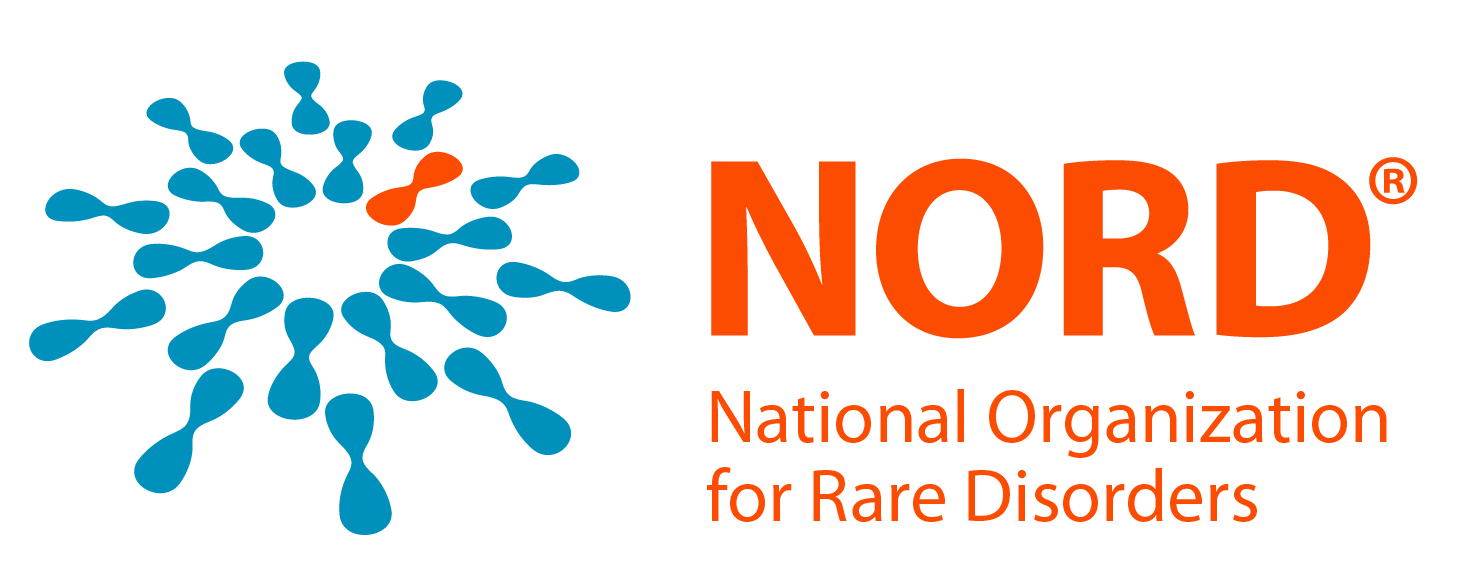Gaucher Disease (GD) is a lysosomal disorder characterized by an enlarged liver and/or spleen (hepatosplenomegaly), low levels of circulating red blood cells (anemia), low levels of platelets (thrombocytopenia) and skeletal abnormalities. In some forms of GD, the nervous system is primarily affected. The disease is caused by changes (variants) in the GBA1 gene, leading to a deficiency of the enzyme glucocerebrosidase, resulting in the accumulation of glucosylceramide (Gb1) and its derivative glucosylsphingosine (Lyso-Gb1) in lysosomes, affecting various organs and systems.
GD is categorized into three types: non-neuronopathic (GD1), acute neuronopathic (GD2) and chronic neuronopathic (GD3). Symptoms vary depending on the type, with GD1 often presenting from early childhood to adulthood, GD2 manifesting before birth (prenatally) or within the first weeks of life and GD3 symptoms typically appearing during early childhood.
GD3 (chronic neuronopathic) typically manifests in early childhood, with neurological symptoms developing gradually, such as cognitive decline, lack of coordination (ataxia) and myoclonic seizures. The progression and cognitive involvement in GD3 can vary significantly, with some individuals presenting with eye movement abnormality as the only neurological abnormality.
Subtypes of GD3:

Every day matters for patients, researchers, and families who rely on NORD's trusted information.
We can’t keep these resources free and growing without your help.
Please donate today — and power the future of rare disease progress.


Whether you’re a patient, researcher, student, or advocate — we’re here for you.
If you’ve found NORD’s resources helpful, please consider donating.
Your support keeps this information free, updated, and available for everyone who needs it.

